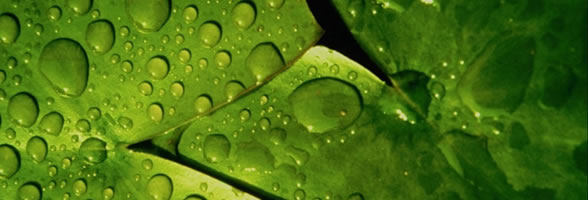
An online textbook explaining photosynthesis and cellular respiration...
Electron Transport Chain
The electron transport chain is a series of carrier proteins that pass electrons along. This electron transport process occurs along the mitochondrial membrane and is where most of the ATP is made in cellular respiration. First, the NADH and FADH2 molecules from the Krebs cycle start by giving up their electrons to the first carrier protein. These electrons then continue down a series of carrier proteins, giving up energy along the way. This energy is then used to pump hydrogen ions from the mitochondrial matrix to the intermembrane space. After passing through all the proteins, the electrons are then taken in by oxygen molecules, who then combine with hydrogen ions to create water. The hydrogen ions left in the intermembrane space then make their way down the concentration gradient by diffusing through the membrane via the help of ATP Synthase. The energy lost by hydrogen ions while going down the ATP Synthase is used to create ATP as ADP molecules clash with the energy that is given off. 24 ATP molecules are produced in the process of electron transport chain. The reactants of this process are NADH, FADH2, ADP, and oxygen. The products are NAD+, FAD, ATP, and water.

